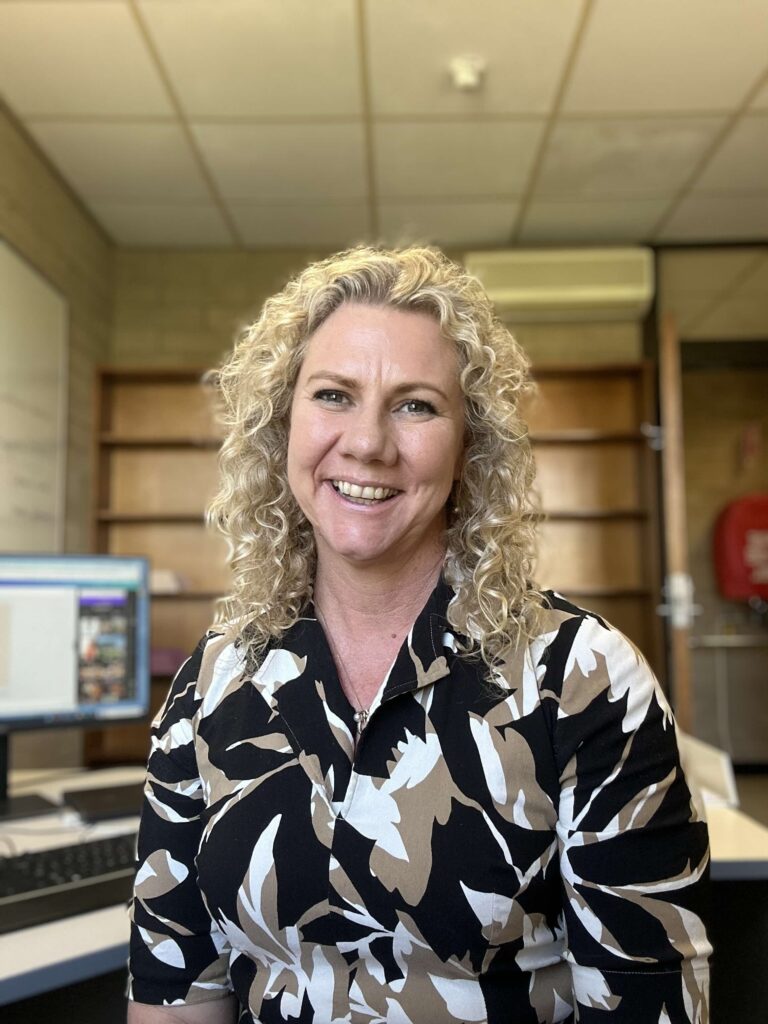WorkSafe Victoria and SafeWork NSW teamed up for the joint operation, visiting 38 building sites in Echuca and Moama from 30 October-3 November.
Most visits focused on reducing the risks of falls from height and asbestos exposure, with inspectors also keeping an eye out for general workplace safety issues.
WorkSafe inspectors issued 11 improvement notices during 17 workplace visits and called out a further four safety issues that were remedied on the spot.
Inspectors identified safety concerns such as falls risks, inadequate workplace facilities, electrical safety issues and inadequate site housekeeping.
SafeWork NSW visited 21 building sites, issuing 36 improvement notices for issues including scaffolding, testing tagging, amenities and site security, as well as one prohibition notice regarding unsafe scaffolding leg extensions.
Site inspections are a key element of the Cross Border Construction Program, which aims to help local construction businesses on the Victoria-NSW border comply with workplace health and safety requirements.
WorkSafe Director of Construction and Earth Resources Matt Wielgosz said the joint operations were a valuable way to ensure safety obligations were being met on both sides of the border.
“We know falls from height and occupational disease are among the biggest causes of death, serious injury and life-limiting illness in the construction industry, which is why WorkSafe continues to target these issues,” Mr Wielgosz said.
“November is also Asbestos Awareness Month, so it’s particularly timely that we engage with employers and workers to ensure they understand the dangers of asbestos on construction and demolition sites and are doing everything they can to reduce the risks.”
SafeWork NSW Regional Director Construction Services Laurence Richey said healthy collaboration between SafeWork and WorkSafe was crucial to lowering the number of fatalities on worksites across both states.
“Since 1998, SafeWork and WorkSafe have worked together on ensuring tradies along the Victorian and NSW borders are operating under safe working conditions and are doing all they can to minimise dangers on site,” Mr Richey said.
“With around 4,000 Australians unnecessarily dying every year from asbestos related diseases, you will continue to see joint efforts to ensure that employers have the proper safety processes in place for the identification, handling and removal of asbestos.”








